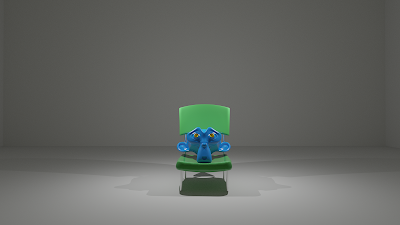Ahmed Sarym's synopsis of "Rumi's Protégée"
"In sheer isolation, a guy fully clothed in a shower transports to a parallel universe immersing himself in dance before he is interrupted by a call from his mother. He changes into his uniform for school, joins his family on the dining table for breakfast but the clamour and constant arguments makes him walk away with his bag to the car
His father joins him and no dialogue is shared throughout the ride to school. He gets off and enters the school but realizes he forgot his bag in the car.
He goes outside but sees his father driving off with another woman. He wants to transport back but is unable to, so he physically runs and escapes from reality."
His father joins him and no dialogue is shared throughout the ride to school. He gets off and enters the school but realizes he forgot his bag in the car.
He goes outside but sees his father driving off with another woman. He wants to transport back but is unable to, so he physically runs and escapes from reality."




